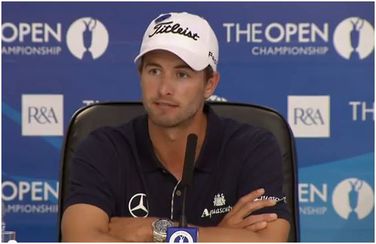 When Adam Scott’s name is brought up in conversation between golfers the questions are usually about the lack of a major victory and has he under achieved up to this point in his career? I’m going to examine his career from the time he was a junior right up to the HSBC World Golf Championship event played last week in Shanghai China. Adam first played representative golf for his home state Queensland at the age of fourteen. He made his debut at the Australian Inter-State Series held at the Riverside Golf Course in Launceston Tasmania in 1996. A year later and he was the Australian Junior Champion in Alice Springs, a feat he repeated the following year to go back to back. He also won the New Zealand Junior title the same year to be considered the hottest young amateur golfer from down under which won him Australian senior selection in 1998. At this point he was getting invitations from colleges in the USA and the one from the University of Nevada-Las Vegas (UNLV) was accepted. It was here that a relationship with Tiger’s coach Butch Harmon was forged. It was not long after that Adam’s swing was being compared to Tiger’s and how much their swings looked alike. I can tell you that Adam didn’t go to the US and learn how to swing it like Tiger! Like all young golfers the leading player of that era is the model that is copied all around the world. When I saw Adam in Tasmania in 1996 he had the shape of the original swing that Tiger brought onto the PGA Tour. 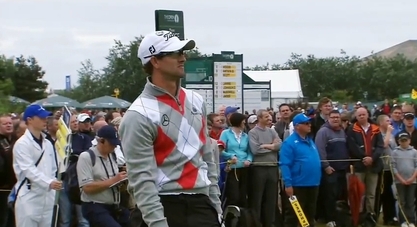 He only lasted one year in the College system and in 2000 decided to turn professional. He played on the European Tour and clinched his playing rights for 2001 only after eight tournaments. Adam only took up full membership of the PGA Tour in 2004 after winning the Deutsche Bank Championship in 2003. It didn't take him long to establish himself when in March 2004 he won the Players Championship considered by many as the 5th Major. Up to date he has won eight times on the PGA tour and has the fourth most wins by an Australian on tour behind Greg Norman (20 wins), Steve Elkington (10) and Stuart Appleby (10). He is credited with an unofficial win when he won the rain affected Nissan Open at the Riviera Golf Club in 2005 where only 36 holes were played. Total wins are six on the European Tour and he has three other International wins to go with his Australian Open victory in 2009. He is currently ranked 6th in the World Golf Ranking and has not won since the Bridgestone Invitational over a year ago. 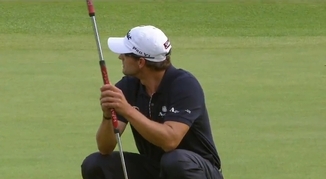 We all saw his meltdown at the British Open this year over the last four holes when it seemed all he had to do was finish and the Claret Jug was his. So has he under achieved up to this point? Looking at his statistics not one area stands out and gets your attention! Actually there are two, in 2012 he has picked up ten meters in driving distance (304.6 yards) compared to 2009 (294.9 yards). His scoring average for 2012 (69.53) and 2011 (69.87) are very impressive and the reason why his world ranking is currently 6th. Adam's All Round Ranking which takes into account all the main stats has been very good and where he has been ranked 22nd (2012), 2nd(2011) and 13th (2010) but it’s his putting that holds him back from winning more. The table above shows the differences over the last few years compared to 2009 when Adam had his worst year. The numbers to take note of have been highlighted.
You will notice that his putting percentages improved remarkably in 2011 and 2012 and the main reason is at the end of 2010 he started practicing with the long putter and had it in the bag at the start of 2011. Thanks for your support of our blog and please share it with your friends. David Milne and Lawrie Montague - Pro Tour Golf College Your Success On Tour is Our Business How to Practice Golf: Developing an Annual Training and Performance Plan for Golf (Part 3)3/11/2012
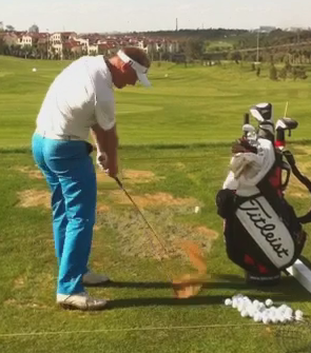 Your annual training and tournament plan is a critical part of your golf development process because it provides you with strategies that will guide you towards ideal performances at important times in your year. Your new plan begins after your last tournament of the year and ideally is developed after the last transition phase. In constructing your plan you can objectively evaluate your performances with your golf instructor/coach from a technical, psychological, strategic and physical point of view to determine the direction of your plan going forward. You will look for key performance indicators that have influenced performances in a positive or negative way in the previous year to determine what amendments and additions are added to the new plan. Your golf instructor/coach will use this data plus his/her observations of your performances both in training and in tournaments to determine the structure of the plan. The components that make up the golf training plan are not set in stone and need to be flexible enough to change direction as needed. They are guideline with a definite structure. Once you have obtained your tournament schedule (ideally not later than the last transition phase the previous year) for the next year you can sit down with your golf instructor/coach and decide which tournaments you wish to compete in and also decide on the key events you want to play your best in. At Pro Tour Golf College we use a training plan with 4 stages: 1. Golf Tournaments and Dates 2. Periodization 3. Golf Performance Objectives 4. Golf Training Factors We have found that this structure works well for managing our students golf performances both on the practice ground and also in tournaments. There are certainly more complex forms used in training plans that you could employ however we always leave the option open in our plans for adding additional elements as needed. Your plan will explain how you will approach improvement of your golf skills so that the result is a lower score average. This will mean that your annual plan is periodized into smaller more manageable chunks that will narrow your focus and encourage good practice. Last week we discussed training phases and sub phases within the macrocycle. Your training and tournament plan should describe the type of work you will perform within training cycles called mesocycles and microcycles. 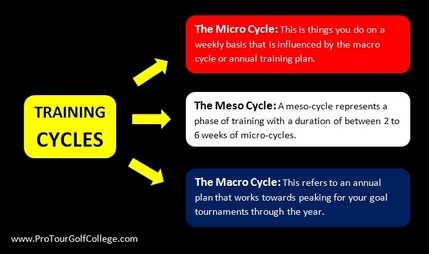 The Mesocycle and Microcycle A mesocycle is a phase of training with a timeline of normally 2 to 6 weeks of microcycles. A microcycle is characteristically a week long and each microcycle is planned based on where it is in the overall macrocycle. During the preparation phase, a mesocycle generally consists of 4 to 6 micro-cycles, while during the tournament phase it will usually consist of 2 to 4 micro-cycles depending on the tournament calendar. Your goal is to fit the mesocycle into your golf training and tournament plans timeline to make each mesocycle end on one of the phases. Then your responsibility is to determine the workload required and what type of practice you will perform within each cycle based on where the mesocycle falls within your plan. Why should you go to this trouble? Well, if your goal is to perform to the best of your ability in high priority tournaments then you would do worse than learning how to implement these important cycles into your training and tournament plan. Remember the idea is to develop a plan flexible enough to change direction as needed. The future is conceptual not concrete so you need to plan your development keeping this in mind with your planning process. In our model at Pro Tour Golf College competitive score average is the primary driver of our student planning. The reality of amateur and professional tournament golf is described succinctly in the following simple equation: 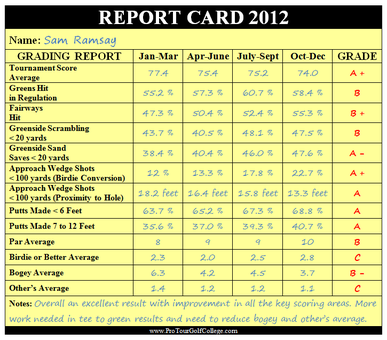 Needs Based Analysis Before we start constructing a golf training and tournament plan for our students we conduct a needs based analysis to determine what requirements will help to improve performances in the New Year. So we carefully evaluate the students performances in the previous year in tournaments (called retrospective analysis) and look at scores in tournaments first, then we analyse the statistics of the different dimensions of their game which helps us to determine what training and performance factors in their makeup need to change to influence a lower score average in tournaments. 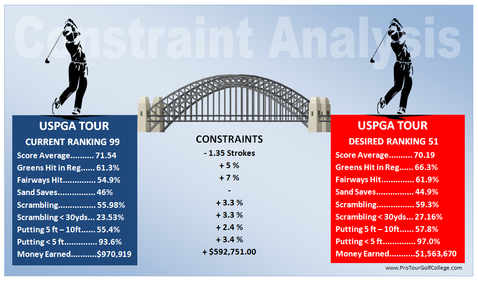 Golf Performance Objectives Performance forecasting (prediction) is a large part of your annual plan development and requires that you determine which golf skills and capabilities need to be improved upon throughout the year to generate peak performances in your most important golf tournaments. Improving a competitive score average like improving a golf stroke pattern is a process, and every process needs a starting point and an end point before you construct the improvement process. We look at where the golfer is with their game and then predict where they will be at different periods throughout the year based on the their current capability, knowledge and experience. By forecasting better results we find it helps the student to stay more focused on their short-term objectives as long as the targets are realistic and can be adjusted as required. 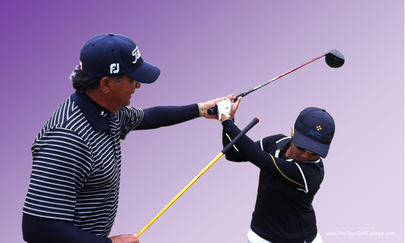 Golf Training Factors The golf training factors are the elements of the plan that you choose that will influence improved performance. They start with your;
We determine the training priorities based on the students weakest-most important skills that would have the most positive effect on lowering their competitive score average. In our training and performance model we look at the technical elements of the full swing and less than full swing, shot-making elements, psychological elements and strategic elements.
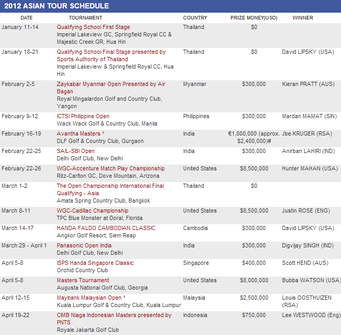 Golf Tournament Schedule All of these different processes in the training and tournament development process are introduced into the tournament schedule based on the importance of the tournament and also phase and sub phase of training you’re in. Amateur golf tournament schedules are normally quite different to professional tournament schedules. Amateur tournament schedules are typically sporadic in nature with a clump of tournaments here and there as opposed to a professional golf tournament schedule for a major golf tour that has tournaments virtually every week. This requires careful management of time and resources to prepare properly for tournaments. Too few tournaments are just as difficult to manage as too many! The idea is to never lose sight of your primary objective which is to lower your competitive score average. Whether you’re working on golf swing technique or short-game or a mental skill the idea is that what you’re doing is part of an overall plan to improve your golf scores so you can become more competitive. In our experience this is the most common mistake made by elite amateur and professional golfers. They take more of a random and haphazard approach to improvement which almost certainly guarantees inconsistent results and plenty of frustration. With the upcoming year approaching now is the time to be putting your plan together for next year to give yourself the performance edge you are looking for. I think that you’ll discover that a planned approach to improvement beats the no planned approach all day everyday! We’re in the middle of developing a complete program of videos showing you how to create a winning training and tournament plan that is guaranteed to improve your performances in golf tournaments. We’ll let you know when we finish the training modules so until then thanks for reading our blog and we’ll talk again next week. Lawrie Montague and David Milne - Pro Tour Golf College Your Success On Tour is Our Business  After twenty seven tournaments on the Web.Com Tour in 2012 twenty five players have earned their tour card to play on the PGA Tour in 2013. Included in the twenty five are three Aussies, Cameron Percy, Scott Gardiner and Alistair Presnell. Congratulations to all three and for Scott and Alistair it will be the first time that they will have full playing rights on the PGA Tour. Cameron finished in 13th place, Scott in 15th place and Alistair in 23rd place. Full playing rights do not mean you can play in every event. The higher up the ranking you finish the more opportunities to play in more tournaments. In 2013 there will be thirty seven tournaments on the schedule and the three Aussies will be able to enter between 18 to 24 tournaments depending on their ranking and how they start the season. As there is a re-rank after six events in 2013 it would help if you can get off to a fast start and jump ahead of the others in front of you. So how did the three earn their cards and what journey did they take to achieve the “dream” that all tour professionals strive for. 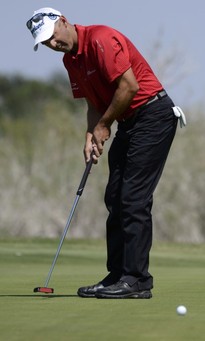 Cameron Percy turned professional in 1998 and played on the Australasian and Asian Tours. He has played the PGA Tour before in 2010 when he finished 8th in 2009 on the Web.Com Tour. So take note that it took him just over ten years to achieve that as a professional. In the early days of his professional career he found success on the secondary Australian Von Nida Tour where he won the Tasmanian Open in 1997 and 1998, Victorian PGA Championship 2005 and the Queensland PGA and Masters in 2006. In his first full season on the Web.Com Tour in 2005 he played in twenty tournaments made the cut in twelve and won a total of US$68,658.00 (Rank 73rd). Not enough to cover expenses. Take note that in 2010 he lost in a playoff to Jonathon Byrd who holed-in-one on the 4th hole of a playoff at the Justin Timberlake Shriners Hospital for Children Open. It nearly helped Cameron retain his playing privileges for 2011. Below is a chart of his progress from 2005 until the present. Cameron is now in the veteran class and he has a game that is suited to the conditions in the USA where he has the length and now the experience to compete and do well. 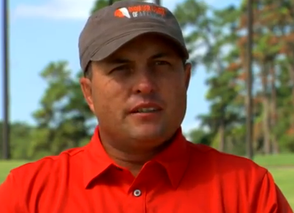 I first saw Scott Gardiner play in the Australian Amateur at Lake Karrinyup in 1997. He lost in the semi finals on the 20th hole to the eventual winner Kim Felton. Scott I observed played aggressively and quick. No fuss and a very solid golfer and a nice guy on and off the course. I have followed his career from that time and after representing Australia in the Eisenhower World Amateur Team Championship in 2000 he turned professional. He played the Australian tour and also in Europe from 2001 to 2003. He personifies the tour battler who grinds away at it while others with less perseverance and grit give up the dream. Scott played mainly on the Australian tour in 2003 and 2004 and as the first two tournaments of the Web.Com Tour started in Australia and New Zealand and it gave the locals a chance to get a foothold on that tour. The chart below shows how Scott has stuck to the task even when he missed out at the final tournament to get his US PGA Tour card by the smallest of margins. After a decade of working his butt off Scott has realised his dream of playing on the PGA Tour and I will not be surprised if he contends on a regular basis next year. He has served his apprenticeship and has paid his dues now he has the opportunity to reap the benefits. 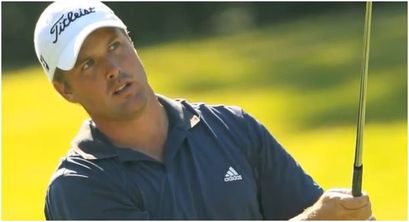 Alistair Presnell turned professional in 2004 and played on the Australian and Asian tours in the early days. After gaining his Asian Tour card with his father accompanying him to Tour school they arrived back home in Australia and shortly after his father passed away. It was a huge loss for Alistair and his family and his golf game struggled the rest of that year. In 2009 the 2nd tournament of the Web.Com Tour was played at the Moonah Golf Course and Alistair played excellent golf shooting 9 under to beat the veteran Peter O’Malley for his 1st major professional title and get playing rights on the Web.Com Tour for the rest of the year. Unfortunately three missed cuts in the last five tournaments of that year lead to him finishing 28th on the order of merit and missing out on the 25 PGA Tour cards given out each year. He finished 2nd to Michael Sim in the 2009 Australian Order of Merit which gave him starts in the World Golf Championship at Doral and the HSBC Championship in Shanghai. A tied 6th at Doral gave him his largest career pay check to date of US$214,300.00. The Chart below shows he has been consistent and although only winning once on the Web.Com Tour he does perform well at the next level as his tied 27th at this year’s US Open showed. Although not a prolific winner Alistair gets himself into contention frequently and at thirty three years of age is about to peak as a golfer.
All three golfers have score averages that both Lawrie and I believe guarantee success on the PGA Tour. It is Pro Tour Golf Colleges scoring code of 12-4-2 which translates to averaging 12 pars, 4 birdies, 2 bogies adding up to a two under score of 70. And if we look at the scoring averages of Cameron Percy (69.97), Scott Gardiner (69.76) and Alistair Presnell (70.61) it confirms why we design the training at Pro Tour Golf College to drive our student’s scoring average towards 12-4-2. It doesn't get simpler than that! David Milne and Lawrie Montague - Pro Tour Golf College Your Success On Tour is Our Business |
Archives
June 2019
|
Proudly Supported By
Copyright © 2011 - 2018 Pro Tour Golf College
Website Managed By Golf Performance Media
All Rights Reserved
Website Managed By Golf Performance Media
All Rights Reserved

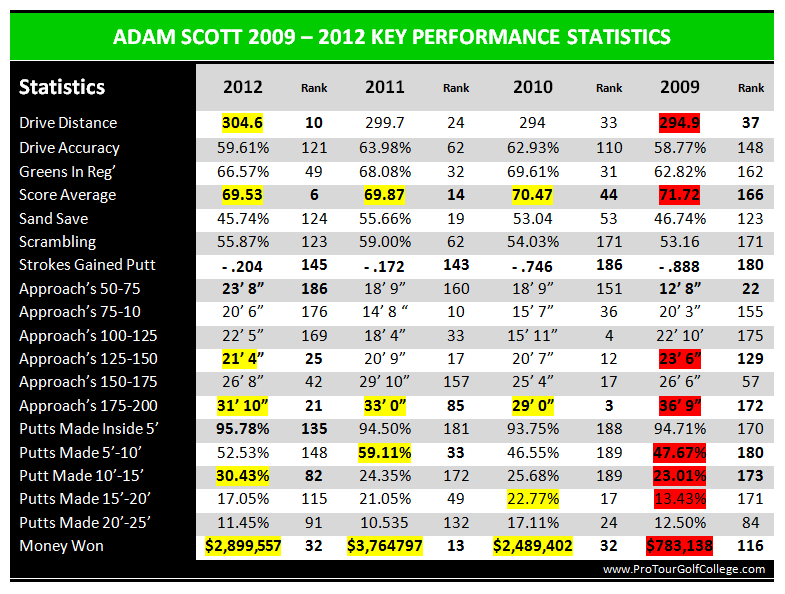
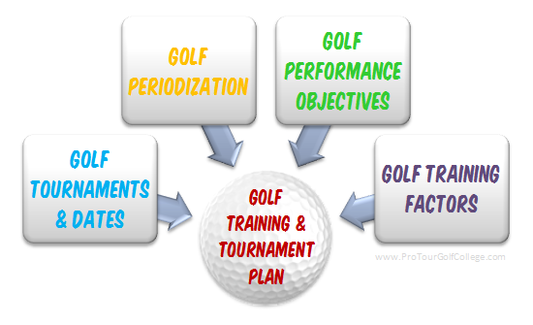


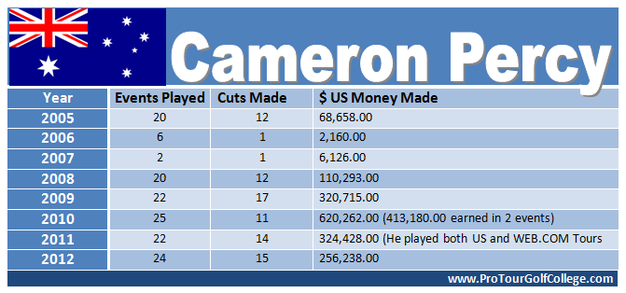
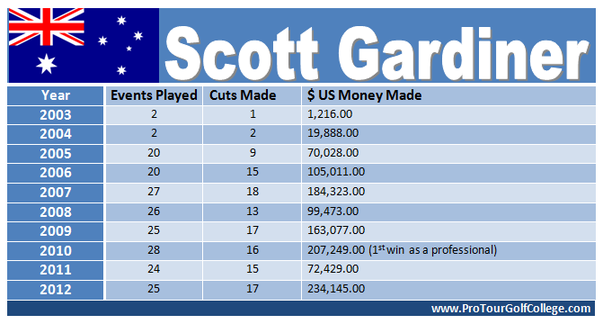
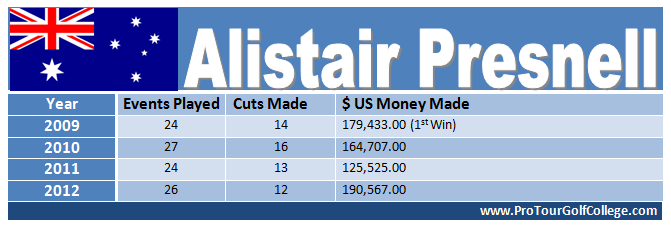

 RSS Feed
RSS Feed



